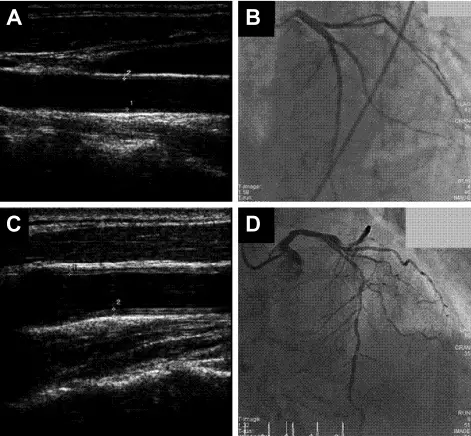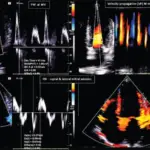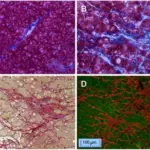Systolic dysfunction is an impairment in ventricular contraction, that is, the heart does not contract properly, due to changes in the regulation of excitation-contraction mechanisms. It may occur with or without preserved ejection fraction, with normal ejection fraction at 45% – 65%.
What is the Pathology of Systolic Dysfunction?
Systolic dysfunction occurs due to ineffective heart contraction that cannot effectively supply metabolic needs due to impaired intrinsic and extrinsic mechanisms. Mechanism of damage is due to destruction of myocytes resulting in infarction and eventual scar formation which leads to diminished function due to structural abnormality.
How does Systolic Dysfunction Present?
Systolic dysfunction presents as exertional dyspnea, orthopnea, paroxysmal nocturnal dyspnea, dyspnea at rest, and acute pulmonary edema.
How is Systolic Dysfunction Diagnosed?
Systolic dysfunction is diagnosed with history and physical examination, 2D echo and cardiac catheterization.
How is Systolic Dysfunction Treated?
Systolic dysfunction treatment includes pharmacologic management: ARBs, beta blockers, aldosterone antagonist, digoxin, diuretics, hydralazine and nitrates; and mechanical therapy using biventricular pacing, implantable cardioverter defibrillators, and left ventricular assist devices.
How is the Prognosis of Systolic Dysfunction?
Systolic dysfunction prognosis is good but survival rate decreases with time after diagnosis, with survival at 90% one year after diagnosis and decreases to 30% after a decade.



